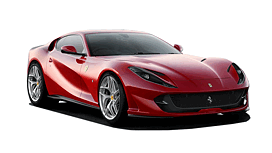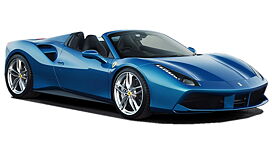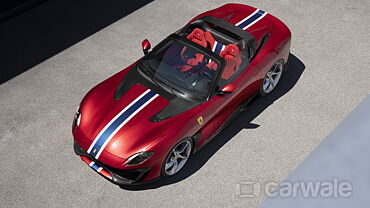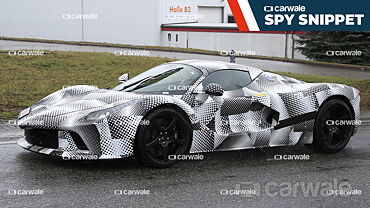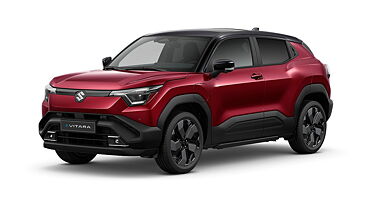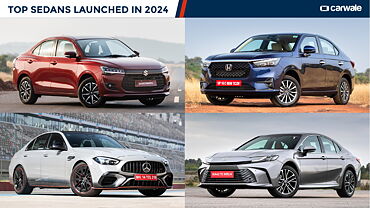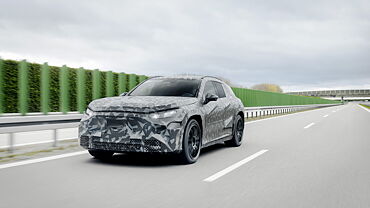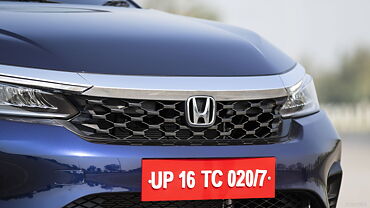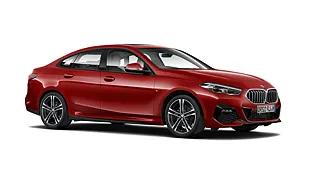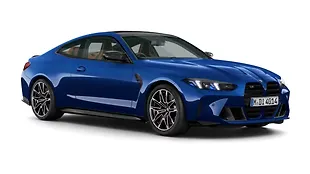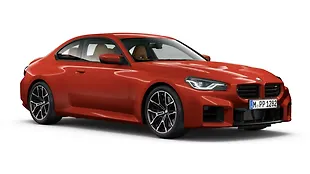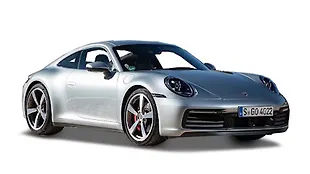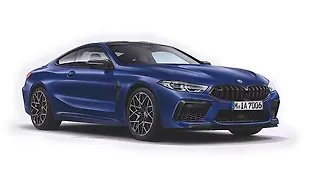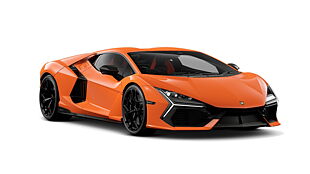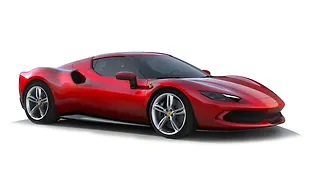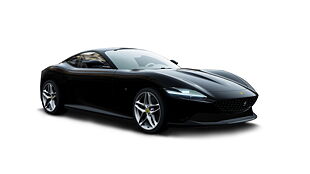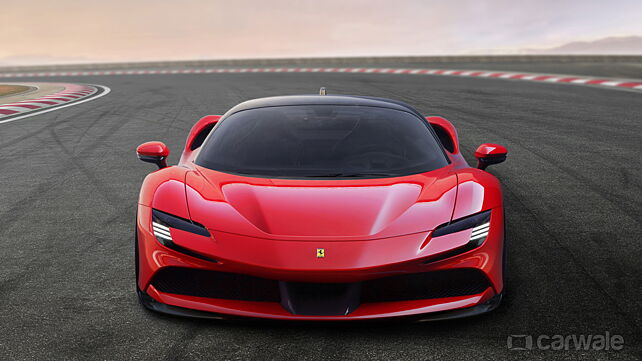
Ferrari has taken the wraps off their first ever series-production plug-in hybrid. It is called the SF90 Stradale, which is a nod to the 90th anniversary of the Scuderia Ferrari. Unlike the LaFerrari – which too was a kind of hybrid – the SF90 does not have a limited production run.

Let’s talk about the PHEV powertrain first. Derived from the 488/F8 Tributo, the same turbocharged V8 sits behind the driver in the SF90. Albeit it gets a new intake and exhaust manifold and a narrower cylinder head, and on its own, it is capable of pushing out a whopping 770bhp. This is the highest power output of any 8-cylinder in Ferrari history. Then there are three electric motors slapped on to it – one of which is derived from Formula 1 and is dubbed the MGUK (Motor Generator Unit, Kinetic). The MGUK is positioned between the V8 and Ferrari’s new eight-speed dual-clutch transmission on the rear axle. Meanwhile, the other two motors sit on the front axle. Thus the SF90 is the first ever mid-engine Prancing Horse to come with a four-wheel-drive.
The three motors have a combined output of 217bhp and are powered by a 7.9kW battery pack. Thus the total output of the SF90 Stradale is close to 986bhp – which is more than any other production spec Ferrari till date. And the result – the SF90 is, unsurprisingly, the fastest road-going car around the Fiorano, with a lap time of 1.19 seconds (the LaFerrari had the fastest time of 1.19.7 seconds).

Even though the hybrid system weighs a fortune, Ferrari has managed to keep the overall weight down and the SF90 tips the scale at just 1570 kilograms. As for the performance, 0-100kmph takes just 2.5 seconds and the top speed is 315kmph. Being a PHEV, it has a pure-electric range of 25 kilometres with a capped top speed of 135kmph. The reverse is engaged only in eDrive mode and the car can be manoeuvred at low speeds without using the V8.

The design of the SF90 Stradale is very busy rather than striking. The overall profile is akin to the car it is based upon, but taking a closer look reveals the number of detailed differences the hybrid supercar carries. The rear, for instance, has a slit window above the engine glass cover and perforated air vents, there is a spoiler above the quad taillights and the integrated circular exhaust tips sit above massive racecar-like diffusers. The front gets a squinty headlamp design with three-strip DRLs and a gaping intake in the front lip. What’s more, the cabin has a new layout which we might see in upcoming cars from Maranello. There’s minimalistic approach in the centre console while a massive 16-inch instrument screen reads out all the information the driver will ever need. The multifunction steering wheel is new as well.
Price and availability details are yet to be disclosed. But we expect the hybrid supercar to go on sale sometime later this year with a price tag dearer than the 812 Superfast.


